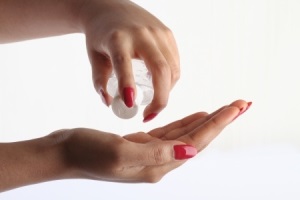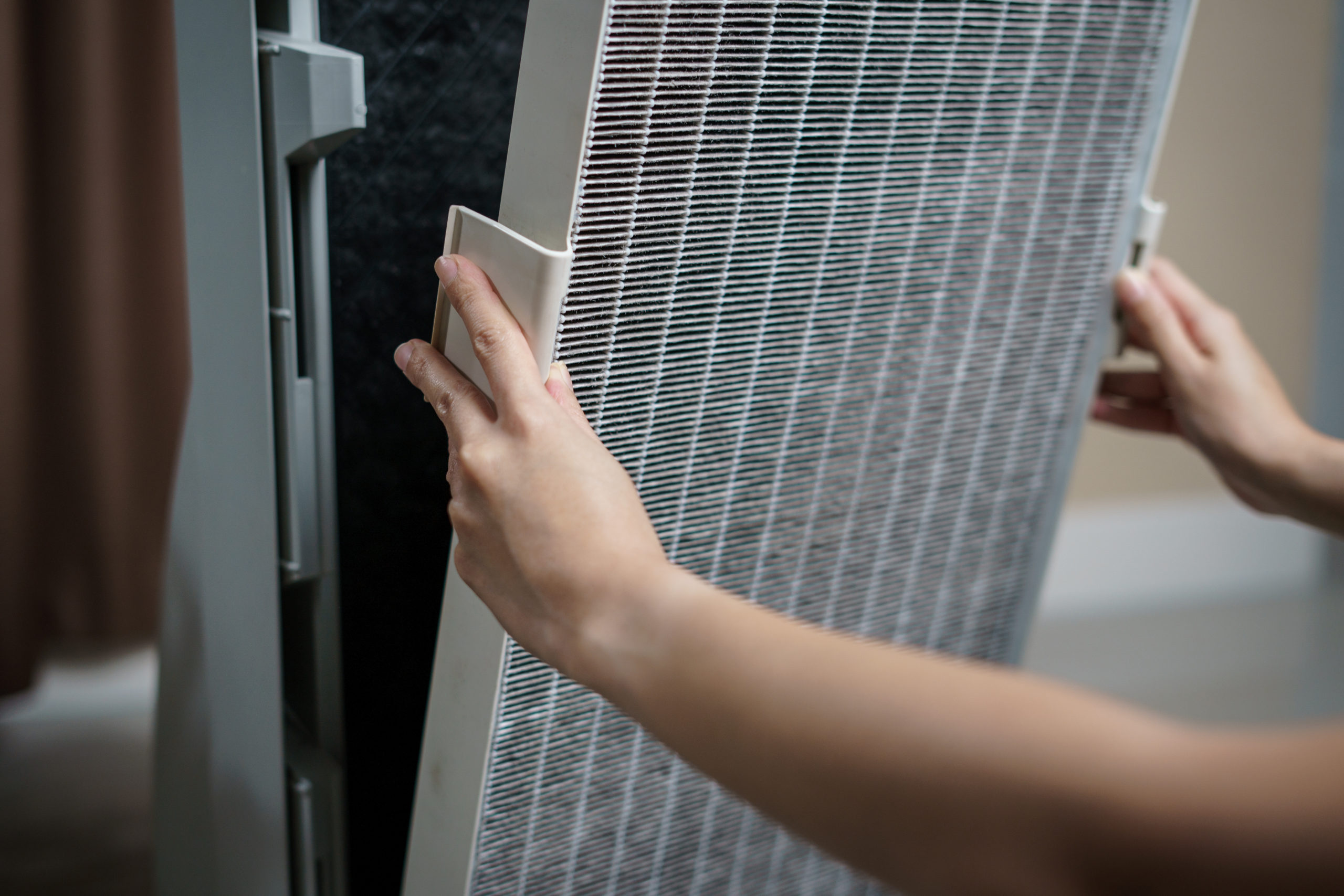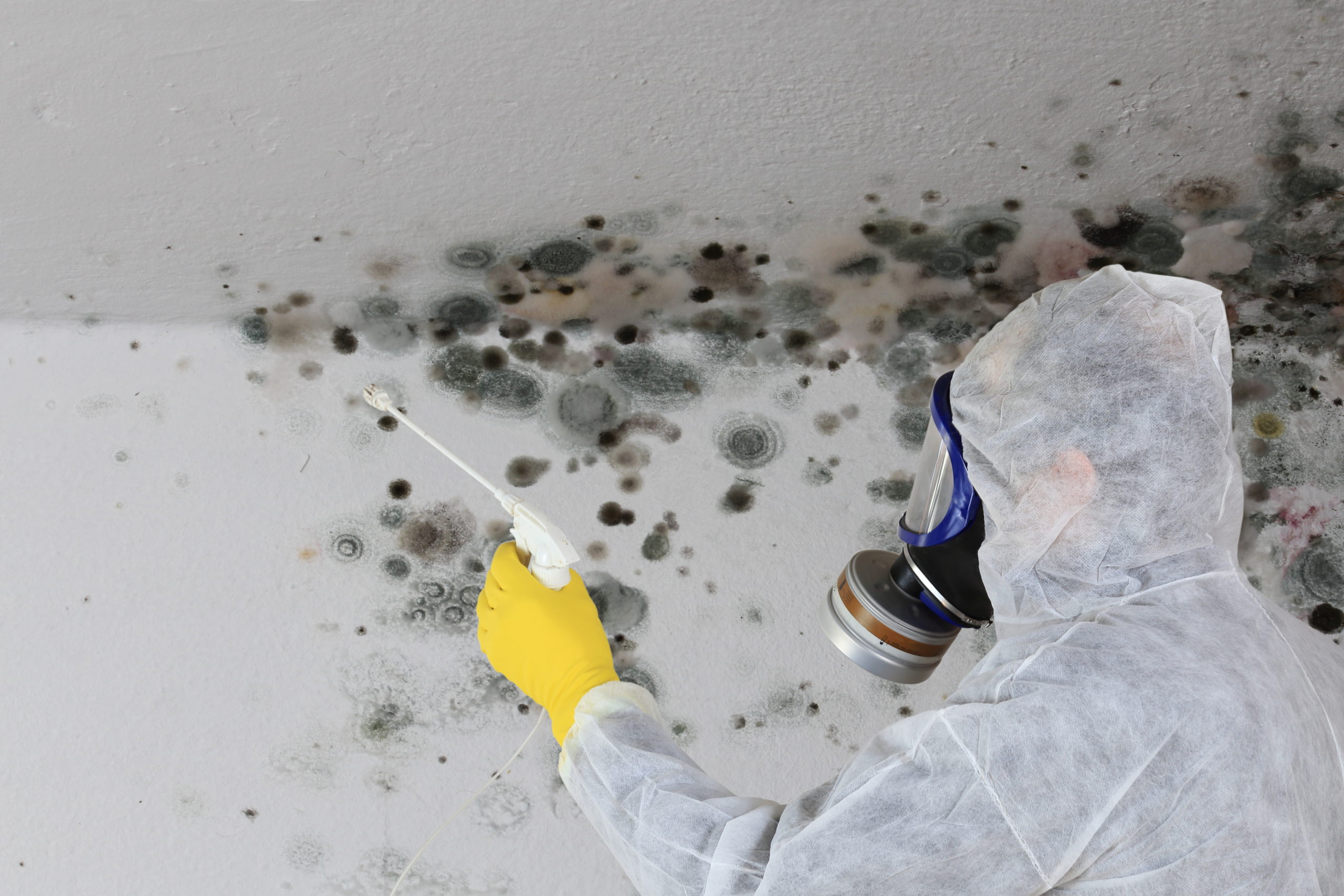Two recent reports on Triclosan, the main ingredient in hand sanitizer, present different assessments of both safety and efficacy of hand sanitizer.
[EasyDNNnewsToken:Left Justify Embed 300 x 250]Triclosan is a synthetically-produced chemical widely used in products claiming antibacterial or antimicrobial properties: hand soaps, hand sanitizers, toothpaste, mouthwash, deodorant, soap, shampoo, baby wipes, bedding, clothes, carpets, toys, and trash bags. Triclosan has been featured nearly every year in the Toxies, an awards show spoof presented by Physicians for Social Responsibility (LA chapter) to highlight the presence, pervasiveness, and/or health effects of common chemicals that surround us every day and which have both known and unknown negative health effects on humans.
In, Group Says Research on Triclosan Distorts Real-World Use, American Cleaning Institute Executive Vice President Richard Sedlak is cites the FDA as validating triclosan as safe and effective: “Triclosan is one of the most thoroughly studied and researched ingredients over the past 40 years. Extensive regulatory and scientific reviews of triclosan by the Food and Drug Administration and the Environmental Protection Agency, as well as other regulatory bodies around the world, have found the uses of Triclosan to be safe.”
But in Study Shows Triclosan May Hinder Muscle Function, posted the same day, the FDA is credited with making the conclusion that “there is no evidence that triclosan provides other health benefits or that antibacterial soaps and body washes are more effective than regular soap and water.” In addition, “the FDA and the Environmental Protection Agency are conducting new risk assessments of the chemical,” implying that the agencies question the validity of existing study information as it relates to actual use and presence in today’s world.
The Bottom Line
It doesn’t matter how much of the bioload on your hands (or the countertop) you “kill” if you don’t remove it. After all, that IS the point of cleaning = removing unwanted contaminants from surfaces.






